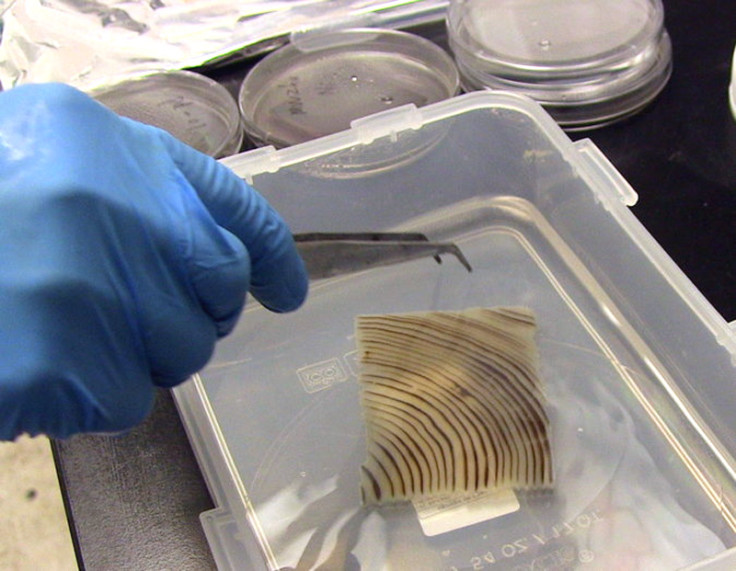US scientists invent transparent wood that's even stronger than glass and more radiant

Scientists in the US have managed to make wood completely transparent as well as stronger and more insulating than glass, while still being more biodegradable than plastic.
Researchers at the University of Maryland, College Park made the wood see-through by first boiling it in a bath of water, sodium hydroxide and other chemicals for two hours in order to remove a molecule called lignin.
Removing lignin takes away the brownish colour of the wood, so all that remains is a colourless material. Then, the researchers poured epoxy over the block of wood in order to strengthen it, and they noted that the process made the wood between four to six times stronger than before.
The structures in a tree trunk, and therefore wood, work in a completely different way to glass and plastic, and the wood features a series of natural channels running throughout it that originally pumped water and ions throughout the tree. In the newly treated material, these channels now direct light.
Wood could one day replace glass

"In traditional material the light gets scattered. If you have this waveguide effect with wood, more light comes into your house," Dr Liangbing Hu, a materials scientist at the University of Maryland and lead author of the study, told the New York Times.
"We were very surprised by how transparent it could go. This can really open applications that can potentially replace glass and some optical material."
Unfortunately, although the idea of using transparent wood is very attractive as it is stronger than glass, it might take quite a while before this material is available commercially as it is difficult to make the transparent wood work on a large scale.
The largest blocks of wood that have so far been tested by the researchers have only been at most 5x5in (roughly about the size of your hand) and in order to get the transparency to work, the thickness of the wood can only be either paper thin (0.05mm) or up to 1cm in thickness.
The study, entitled Highly Anisotropic, Highly Transparent Wood Composites is published in the journal Advanced Materials.
Hu and his team are not the only scientists in the world trying to create see-through wood — in April, researchers from Sweden's KTH Royal Institute of Technology announced that they had done something similar using thin strips of wood veneer and have so far managed to achieve 85% transparency.
© Copyright IBTimes 2025. All rights reserved.






















